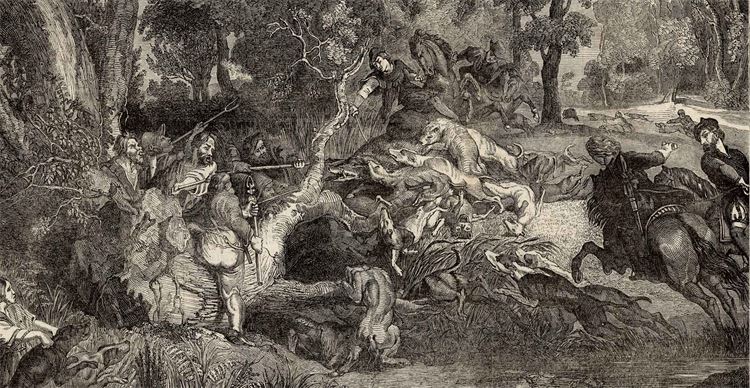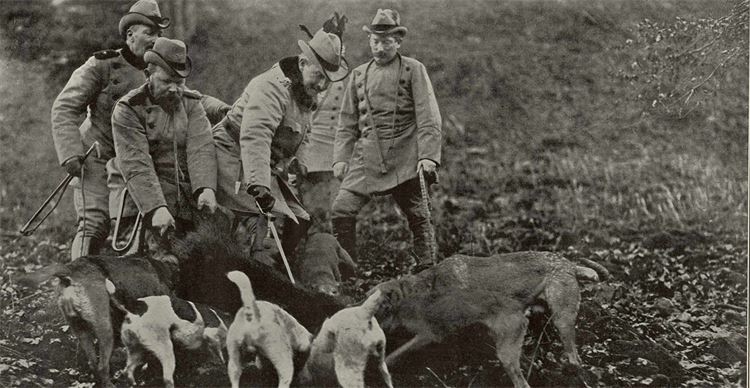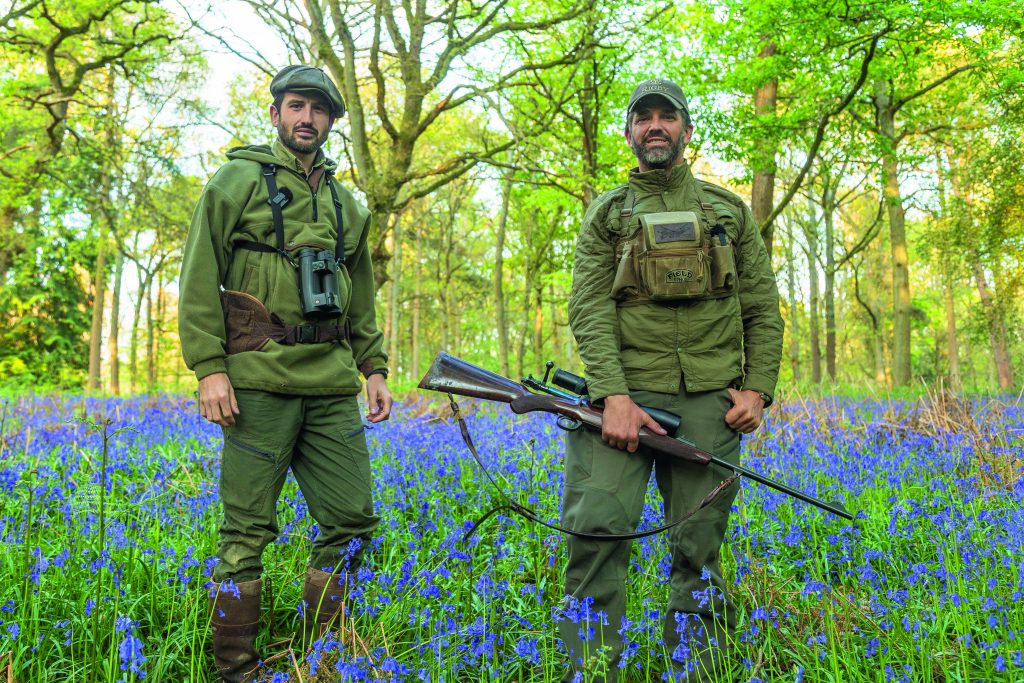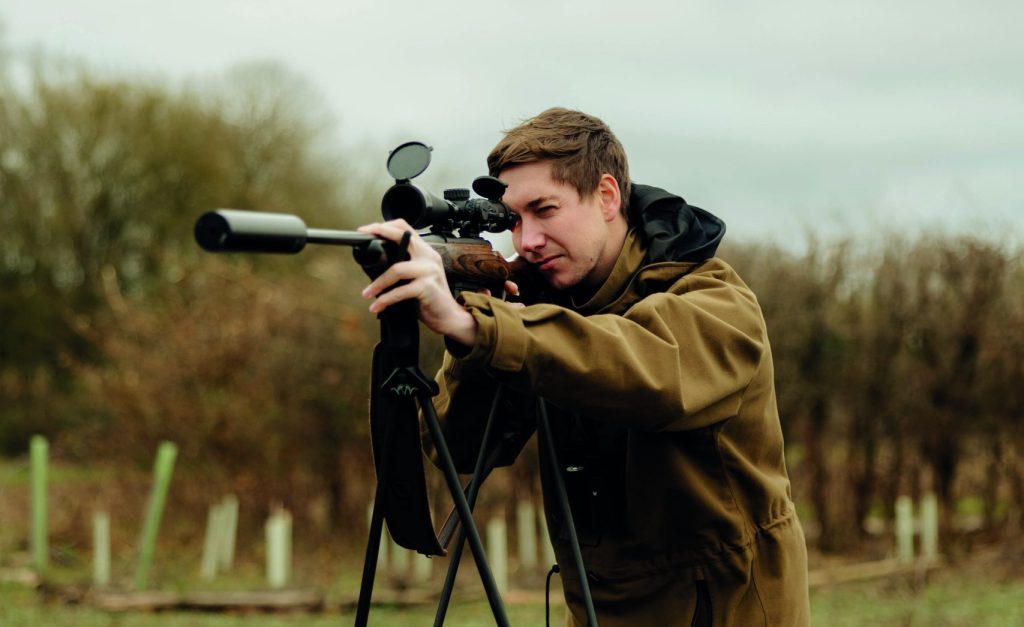Wild boar hunting in Europe – a brief history
Davis. S. D. Jones takes us through the exciting history of wild boar hunting in Europe.
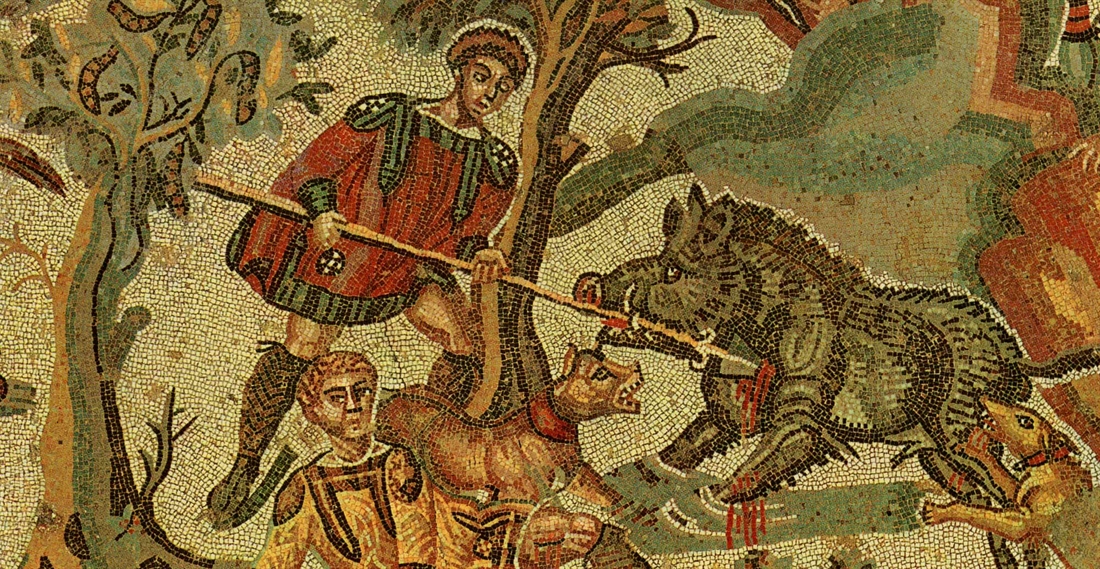
Once commonly found in many parts of Great Britain, the wild boar was strictly preserved in the royal forests during the medieval period for the benefit of the monarch and favoured noblemen. Boar were hunted by packs of large mastiff-type hounds at this time, and when cornered and held at bay were slaughtered using swords and spears – the heads being a highly sought-after delicacy for banquets. However, due to a combination of over-hunting, poaching and habitat loss, wild boar had become extinct in Britain by the end of the 17th century.
Sportsmen then began to travel to mainland Europe in pursuit of wild boar, usually staying as invited guests with local gentry or members of the aristocracy in countries such as Austria, Bohemia, France, Germany, Hungary and Russia. They not only hunted boar with packs of hounds but also shot them with muzzle-loading guns and rifles either on dedicated shooting expeditions or during the course of a driven ‘chasse’ along with deer, pheasants, partridges, hares and other game.
Some European noblemen maintained ‘boar parks’ to enable sportsmen to hunt or shoot wild boar in conditions of relative comfort. On the Trauenberg estate in Bohemia, Prince Schwartzenburg constructed a special hunting paddock which measured one mile long by a quarter of a mile wide for such purpose. On the day of a hunt, specially selected pre-captured boars were released into the paddock from a pen, one at a time, and were pursued by gentlemen hunters, keepers and woodmen accompanied by a pack of hounds. When cornered they were speared to death. It was not unusual to take a bag of between 5 and 10 boar during the course of a four-hour hunt using this system of pursuit!
European sporting properties sometimes had underground ‘butts’ in large parks to facilitate easy wild boar shooting. These were connected to each other by a network of tunnels and had a gun emplacement in the roof to enable a sportsman to shoot his quarry in the company of a chasseur who also acted as a ‘lookout’. Boar roaming in the park were, apparently, enticed towards the butts by a peasant stationed nearby who shouted constantly and scattered acorns and barley on the ground from feed sacks.
Boar driving, however, was the principal means of pursuing wild boar in many parts of Europe from the late 18th century until the outbreak of World War One in 1914. Boar were driven out of woodland by beaters and hounds towards a team of Guns either standing in fields or clearings, or perched in butts constructed of wood or stone. Sport often began early in the morning and continued until the evening, especially if the Guns had to travel some distance between each drive. Unlike in Britain where shooting was an exclusive sport confined to the upper echelons of society, Continental boar drives invariably included noblemen, farmers and prominent local tradesmen as well as the occasional overseas guest.
On the more formal driven wild boar days, guests were expected to wear a green hunting uniform, a Tyrolean type hat tufted with chamois hair, capercaillie or blackcock feathers and jackboots, and to carry a long hunting knife. Their loader-attendants, who carried their rifles, ammunition, lunch and cloaks, wore similar attire, while the head jager, the underkeepers and foresters dressed in the traditional jager uniform and carried boar spears as well as hunting swords and bugles. In addition to a dozen or more dog handlers, each responsible for two hounds, as many as 300 peasants might be engaged as beaters to flush out the boar.
Sportsmen participating in driven wild boar days organised by small landowners or town shooting associations who rented sporting rights off landed proprietors and occasionally sold days to non-members, were not bound by any formal dress code so attended in their Sunday best or workaday clothing and carried a motley assortment of weaponry. These events were particularly popular with less well-off British boar shooting enthusiasts during the late 19th century, many of whom travelled across to the Continent for a week or so, staying in a country inn or a hotel for the duration in order to pursue wild boar and other quarry species. On such occasions, only the gamekeepers and the huntsman wore uniforms, while the beaters often doubled as dog handlers and brought their own dogs and hounds along.
In addition to shooting wild boar in various parts of Europe, during the early 20th century British sportsmen travelled to France specifically to hunt boar with hounds. The 2nd Duke of Westminster, in fact, established a pack of boar hounds on his estate at Mimizan in the Landes in south-western France in 1911, using foxhounds procured from the Cheshire Hunt and the Woodland Pytchley. He appointed English masters and hunt servants to run the pack, engaged local men as harbourers and sent out hunters from the stables at Eaton Hall – his country seat near Chester – as mounts for his guests who were advised to carry revolvers to shoot a boar in case it got out of control and attacked!
The Duke continued to hunt his boar hounds until the outbreak of the First World War in 1914 when the pack was disbanded. Shortly after the cessation of hostilities in 1918, he re-established the hounds, moving them to St. Saens in Normandy in the mid-1920s due to a lack of boar in the Mimizan area. Thereafter, he travelled to France once a week throughout the winter hunting season accompanied by a retinue of servants in order to pursue boar until the Second World War was declared in 1939. His hunting guests at this time included the Prince of Wales (later King Edward VIII), Winston Churchill, Charlie Chaplin and various aristocratic friends.
Shortly after the war began, the Duke of Westminster’s hunt servants had the painful task of shooting the 90 or so couple of hounds which formed the pack before returning to England for safety. Organised boar shooting and hunting was disbanded throughout Europe for the duration of the conflict, although boar shooting for food purposes continued to take place in many countries, either legally or illegally.
Since the end of the Second World War, wild boar shooting has gradually superseded hunting with packs of hounds and is now the principal means of boar pursuit throughout Europe. Sportsmen not only stalk boar individually with the assistance of a local guide, but can also shoot at them from high seats and participate in organised shoots where boar are driven towards a team of Guns by beaters and hounds. ‘Grassing’ fees currently range from around £300 – £500 per boar dependent upon the location of the shoot.
Wild boar shooting on the Continent has become increasingly popular with British sportsmen following the collapse of the Iron Curtain in 1991, which has allowed free access to the former communist countries in the Soviet Bloc, many of which have large indigenous boar populations. The Czech Republic, Croatia, Slovakia, Hungary and Poland, along with France, Germany and Spain all boast good boar shooting facilities which can be booked either via sporting agents or directly with local providers. In Slovakia, alone, the overall national annual bag taken has risen from 1,200 boar in 1954 to over 120,000 at the present time!
Over the past 30 years or so, wild boar have gradually returned to Great Britain following escapes from commercial wild boar farms and deliberate releases, and thriving breeding populations now exist in parts of Kent, East Sussex, Dorset, Devon, the Forest of Dean and in several other districts. Shy and elusive, boar live happily amongst deciduous and coniferous woodland and scrubland, but can cause considerable damage to agricultural and gamebird rearing operations in the vicinity if they are not kept under control. Considered to be as much a pest as a quarry species, they do not have a close season so can be culled by shooting or trapping at any time of the year.
Things have now turned full circle. After an absence of three centuries, wild boar have once again become a quarry for members of the shooting fraternity. Since the early 2000’s, boar stalking – usually carried out from a high seat during evening or at night-time – has really started to take off as sport. Indeed a number of estates and shooting providers currently offer boar stalking for discerning clients at relatively modest rates.
N.B. General Howe made an abortive attempt to re-introduce wild boar for sporting purposes on the Gopsall estate in Leicestershire at the beginning of the 19th century. The Earl of Fife made a similar attempt at Mar Lodge on Deeside between 1810 and 1820 and, apparently, held a wild boar hunt on October 17, 1822 when a boar was pursued by staghounds and greyhounds for a considerable distance before being despatched by ‘six shots through the head and body’.
Related Articles
Get the latest news delivered direct to your door
Subscribe to Fieldsports Journal
Elevate your experience in the field with a subscription to Fieldsports Journal, the premium publication for passionate country sports enthusiasts. This bi-monthly journal delivers unparalleled coverage of game shooting, fishing and big game across the UK and beyond.
Each issue offers a stunning collection of in-depth features, expert opinions and world-class photography, all presented in a timeless yet contemporary design.
Save 10% on shop price when you subscribe, with a choice of packages that work for you. Choose from Print & Digital or Digital only with each journal delivered directly to your door or via the app every other month, plus access to past issues with the digital back issue library.






